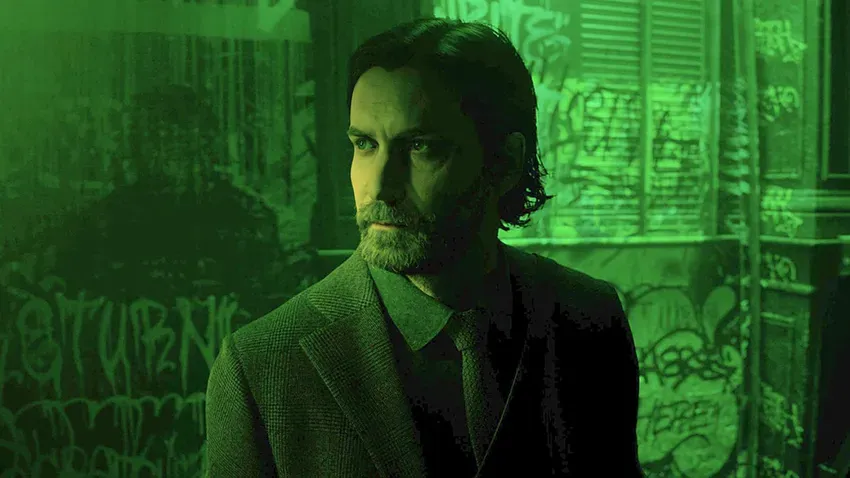Alan Wake 2 is making waves as Remedy Entertainment's latest paranormal thriller experience. It follows famed horror writer Alan Wake and FBI agent Saga Anderson as they search for the truth and rewrite reality to battle a malevolent entity known as the Dark Presence.
The first Alan Wake was released in 2010. I revisited the game as a point of comparison to its sequel, which is set in the present – 13 years after the events of the first game. In other words, fans of the franchise have been waiting for Alan Wake 2 about as long as the titular character himself.
Thirteen years is a long time in the world of video games. Remedy Entertainment has since released Quantum Break and Control, which both featured protagonists with "paranatural" powers, such as telekinesis, time manipulation, and the like. But in many ways, Alan Wake 2 is a departure from both its prequel and its other predecessors, playing much more like a traditional, over-the-shoulder survival horror game.
It has a tile-based inventory system, limited resources scattered through the levels, main characters with a glacial land speed, and short puzzles to solve to either progress further or get extra goodies. Anyone familiar with survival horror will feel right at home here, but home isn't always the most exciting place.
Some of the prequel's mechanical ideas are still present in some form. Most human-shaped enemies are invulnerable until the player uses a flashlight, flare, or other bright light to burn away the shadows protecting them.
The first game's dodging mechanics are also back, though they are far less reliable; the direction of a dodge seems to be more important, as I often found myself ducking straight into a flying hatchet by accident. (This could be a skill issue, of course, but I'm not the only one.)
In particular, the teleporting foes were some of the most frustrating to face. They were more tolerable in the prequel, because of the generous window for a well-timed dodge, and because of the wide camera angle, which made it easier to spot flanking foes and react in time. Alan Wake 2's camera feels terribly cramped by comparison, and there's no option to widen the player's field of view.
Some might argue that a cramped camera is necessary to create tension while fighting off the shadow-possessed Taken and exploring, and that's a good point: these encounters do have more weight to them. Whereas the prequel had the player gunning down the Taken in droves, now just a few missed shots or a premature reload while facing even one of them can send the player back to a checkpoint.

Still, as far as shooting and scooting go, Alan Wake 2 has little novelty to offer the survival horror genre as a whole. Instead, the game has been universally praised for its visuals, which depict the "Dark Place," a benighted, otherworldly version of New York, and the rural Washington town of Bright Falls and the surrounding area.
In both cases, the world is rendered gorgeously, with sound design to match. During a storm in Bright Falls, the wind can be heard blowing through the treetops and rustling in nearby undergrowth. In the Dark Place, the rain on the rooftops makes a distinct, hollow sound against the AC units and chimney cowls. Scenes that take place at dusk are particularly pretty.
As for the game's story, it's a wild ride. It's metatextual to an absurd degree, and one's enjoyment of the game likely depends on how tolerant of that sort of thing one is.
One of the main puzzle gimmicks on Alan's end plays into this metatextual quality. As he navigates the Dark Place, he can find inspiration for new plot beats, and then write those into a given scene, changing it in the process. This is usually done to open up new areas, or find new sources of inspiration.
FBI agent Saga Anderson, meanwhile, has a mental corkboard for parsing out all the clues she encounters during her investigation. The player is tasked with connecting these clues to the right questions – a process that does help keep track of all the story's threads but frequently overstays its welcome, especially when a given conclusion is already fairly obvious.
My favorite section of all, in the end, was the live-action musical, when the developers seemed to throw aside all pretense and revel in the silliness of their own creation. Alan Wake 2 had me laughing as much as holding my breath, and at times it seemed to be laughing along with me.


